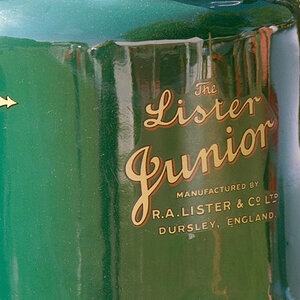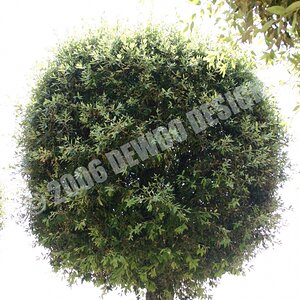Snacko
TPF Noob!
- Joined
- Sep 7, 2011
- Messages
- 14
- Reaction score
- 1
- Location
- Cincinnati, Ohio
- Can others edit my Photos
- Photos OK to edit
One more question since I have your attention by my stupidity... 
Do all of you have any preferences/comments on the three lenses that I posted above? the Nikon is about $890 and the other two are about $500. I just have the kit lense 18-55mm, and a Nikon Prime 35mm f1.8 right now.
Thanks, again..
ps
Thanks Sparky!
Do all of you have any preferences/comments on the three lenses that I posted above? the Nikon is about $890 and the other two are about $500. I just have the kit lense 18-55mm, and a Nikon Prime 35mm f1.8 right now.
Thanks, again..
ps
Thanks Sparky!




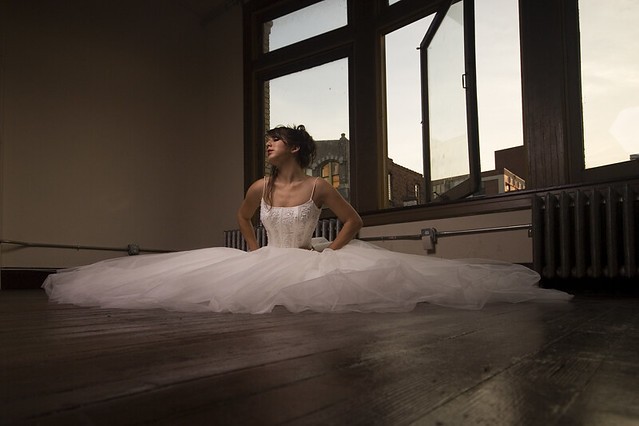
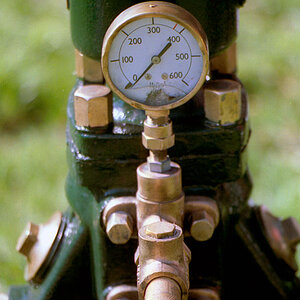
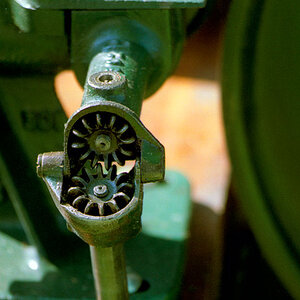



![[No title]](/data/xfmg/thumbnail/39/39225-99d579cd498f8f152a288d7e8e7ad2a4.jpg?1619738926)
![[No title]](/data/xfmg/thumbnail/39/39224-aa3271aa220fe57f37caf898b6984846.jpg?1619738926)
